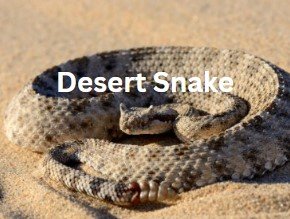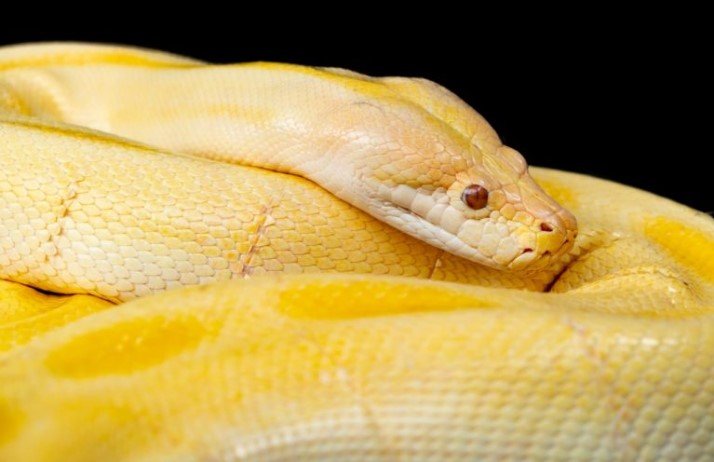Surviving the Arid Expanse: The Adaptations of Desert Snakes
Introduction:
Desert snakes are a diverse group of reptiles that have evolved remarkable adaptations to thrive in the harsh and arid environments of deserts worldwide.

This detailed exploration sheds light on the unique characteristics and survival strategies that make desert snakes resilient inhabitants of some of the most challenging ecosystems on Earth.
1. Camouflage Mastery:
Desert snakes have perfected the art of camouflage to blend seamlessly with their surroundings. Their coloration often mimics the hues of the sandy terrain, allowing them to remain inconspicuous and avoid detection by predators and prey alike.
2. Heat-Seeking Abilities:
Being ectothermic, or cold-blooded, desert snakes rely on external heat sources to regulate their body temperature. They are adept at basking in the intense sunlight of the desert, absorbing warmth to fuel their metabolic processes and activity.
3. Burrowing Expertise:
Many desert snake species are skilled burrowers, utilizing the loose and sandy soil to create shelter from extreme temperatures and potential predators. Their streamlined bodies and powerful muscles facilitate efficient burrowing for both protection and thermoregulation.
4. Nocturnal Lifestyle:
To escape the scorching heat of the day, desert snakes often adopt a nocturnal lifestyle. They become active during the cooler nighttime hours, allowing them to hunt for prey and engage in various activities without the risk of overheating.
5. Water Conservation Techniques:
Water is scarce in desert environments, and desert snakes have evolved efficient water conservation strategies. Some species can derive moisture from their prey, while others have specialized kidneys that concentrate urine to minimize water loss.
6. Ambush Predation:
Desert snakes often employ ambush predation techniques. They patiently wait in concealed positions, relying on their camouflaged appearance, and strike quickly when unsuspecting prey, such as rodents or lizards, comes within striking distance.
7. Venomous Adaptations:
Many desert snakes are venomous, using their venom for both hunting and self-defense. Their venomous adaptations have evolved to efficiently subdue prey, often injecting potent toxins that aid in immobilization and digestion.
8. Long Lifespan:
The harsh conditions of the desert have led to the evolution of longer lifespans in some desert snake species. Their ability to endure prolonged periods without food and water contributes to their resilience in challenging environments.
9. Species Diversity:
Desert ecosystems host a wide variety of snake species, each uniquely adapted to specific niches within the environment. From the sidewinding adaptations of desert sidewinders to the cryptic coloration of sand boas, the diversity of desert snakes is a testament to their adaptability.
10. Conservation Challenges:
Despite their incredible adaptations, desert snakes face conservation challenges due to habitat degradation, climate change, and human activities. Understanding and appreciating the importance of these unique reptiles is crucial for their continued survival.
Conclusion:
In conclusion, desert snakes stand as extraordinary examples of adaptation to extreme environments. Their ability to navigate the challenges of arid landscapes showcases the intricate balance between biology and environment, underscoring the importance of conservation efforts to preserve these remarkable reptiles and their fragile ecosystems.
Learn more about How Long do Snakes Live.





Leave a Reply